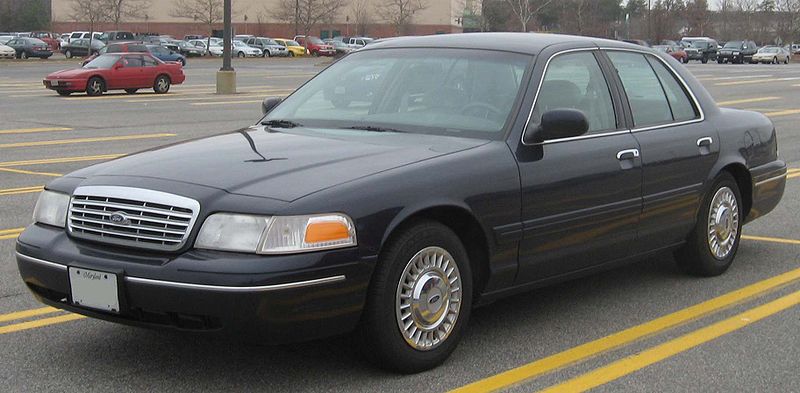Remembering the Crown Victoria
The 2012 model year marked the end of a very long era in America’s automotive history. Popular since the 1930s, cars used to be built frame on body, with rear wheel drive and a v8 engine. But in 2011, that 80 year ended when Ford discontinued the Crown Victoria.
The Crown Victoria, commonly known as just the Crown Vic, was originally introduced in 1992. It was not really anything exciting or unusual for its time. Just any other car. However, the name Crown Victoria was not new, it was first used in 1955 as the nameplate for a two door version of the Ford Fairlane.
The Crown Vic quickly became popular with taxicab companies and police forces for its durability and ease of service. And, because it was body on frame, an accident would only entail replacing body panels, not the whole car.
The Crown Vic also became popular outside of the United States. In middle eastern countries, the Crown Vic and its Mercury counterpart, the Grand Marquis, were one of the only options for people looking for big American cars after Chevrolet discontinued the Caprice in 1996. In fact, all of the 2012 model year Crown Vics were sent to the middle east, in order to avoid making a U.S. mandated stability control system for a car in its last year.
Even though the Crown Vic is no longer a common occurrence among private owners, you can still see some of them on the road. In Ann Arbor, the Aride taxi service employs a fleet of white Crown Vics. The Ann Arbor Police Department still has a few Crown Vics, mostly relegated to community engagement at this point.
So what made the Crown Vic such a good car? And why should we feel sad?
The Crown Vic was a very simple, reliable car. The Police Interceptor cars featured steel wheels that could be driven over a curb at 50 MPH, and rear wheel drive which allowed drivers to drift around corners. It had a huge trunk, and reasonable seating for suspects in the rear. The commercial Crown Vics, made for taxi companies, had a longer wheelbase and more passenger seating room.
The civilian variant of the car was just as reliable. It was fast, roomy, and despite gas thirsty, not all that expensive to own. Not to mention that it was good for drifting. And if you happened to hit something, you wouldn’t have an exuberant repair bill, you’d just replace the body panels.
The car was also very big, at least in comparison to cars today. With bench seats and a column shifter, you can practically lay down in the Crown Vic, which, by the way, is wider than some crossovers and nearly as wide as some SUVs.
You might not care much about this old car, and you might not buy any, and that’s fine. But at least you know a bit more about an iconic car that has slowly faded into the background. There’s still hope, though. Many police departments and taxi companies sell their old Crown Vics for about $1,000. You’ll find cars with over a quarter million miles, though. But it’ll still keep running.




